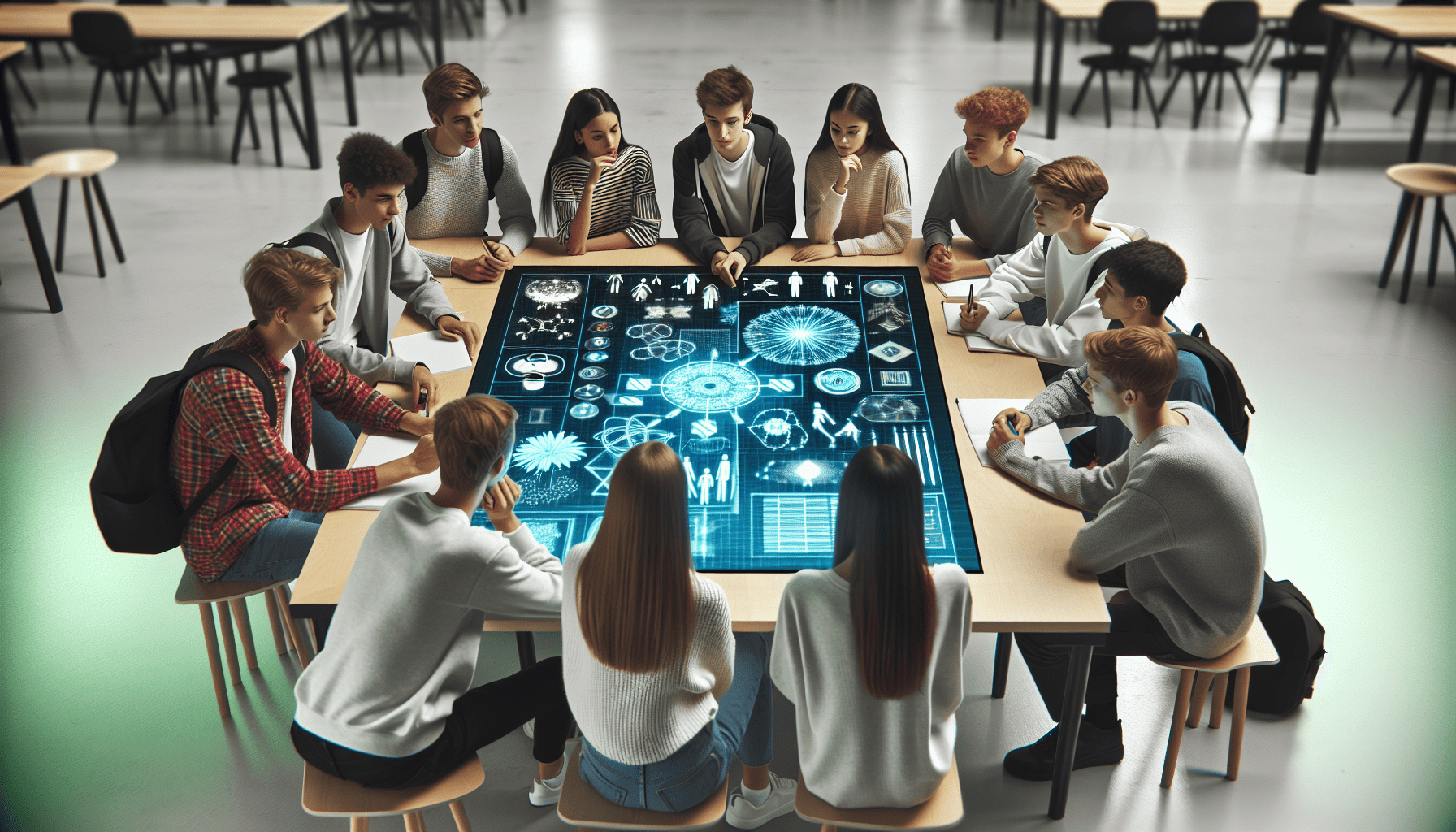In the fast-evolving landscape of education, collaborative learning has emerged as a potent method to enhance cognitive experiences and foster deeper engagement among learners. At the forefront of this educational transformation is artificial intelligence (AI), an innovative tool reshaping traditional educational paradigms and introducing unprecedented opportunities for collaborative platforms.
AI-driven platforms have the ability to personalize learning experiences, addressing the diverse needs of students in a manner that was previously inconceivable. By analyzing vast amounts of data, AI can identify individual learning styles, preferences, and competencies. This allows platforms to tailor educational content to each learner's unique trajectory, fostering an environment where collaboration is more fruitful and effective. Unlike traditional methods that often adopt a one-size-fits-all model, AI facilitates a more tailored approach where students can collaborate on projects that resonate with their individual strengths and learning gaps.
Another significant advantage AI brings to collaborative learning is the enhancement of communication. AI-driven platforms can break down linguistic and cultural barriers by providing real-time translation and allowing students from different backgrounds to communicate seamlessly. This empowerment of global classrooms cultivates a rich diversity of perspectives, promoting a more inclusive and holistic understanding of study topics. Students are encouraged not just to learn from textbooks but from each other, gaining insights that are truly global in nature.
Moreover, AI fosters a dynamic feedback loop, allowing educators to gain real-time insights into students’ progress and collaboration dynamics. AI tools can monitor interactions between students and identify patterns that might indicate challenges in understanding or engagement. Educators can then intervene promptly, offering guidance or altering collaborative groupings to maximize productivity. Such insights were rarely accessible through traditional methods, where tracking individual and group progress often required more labor-intensive approaches.
AI also synthesizes interactive and immersive learning experiences that promote collaboration. Through AI-enhanced simulations, virtual reality spaces, and gamified learning environments, students can work together on complex problem-solving tasks that mirror real-world scenarios. These methods captivate learners' interests and provide practical applications of theoretical knowledge, making collaborative projects more engaging and memorable.
Furthermore, artificial intelligence serves to democratize access to knowledge and skills. Many AI-powered platforms are available globally, often at a lower cost than traditional educational tools, making collaborative learning accessible to a more extensive audience. This democratization paves the way for broader collaboration on a scale not previously possible, enabling students from different socio-economic backgrounds to learn and grow together.
The integration of AI into collaborative learning also imbues an element of continuous improvement. AI systems learn and evolve, constantly refining the methods by which students collaborate and learn. This iterative improvement ensures that educational experiences remain at the cutting edge, continuously surpassing the constraints of traditional methods and keeping pace with the rapid developments of the digital age.
As AI continues to advance, the potential for collaborative learning is boundless. It extends beyond academics, preparing students for the collaborative workplaces of the future where teamwork and adaptability are essential. The transformation AI brings to learning platforms not only enhances educational outcomes but also enriches the quality of engagements among learners, setting a foundation for a more informed, creative, and interconnected world.
In conclusion, AI is not simply enhancing collaborative learning—it is revolutionizing it. By transcending traditional boundaries and offering personalized, immersive, and inclusive educational experiences, AI opens new doors for how learning occurs. The journey from traditional to AI-powered collaborative learning is just beginning, and its potential to shape future educational pathways is limited only by our imaginations.
